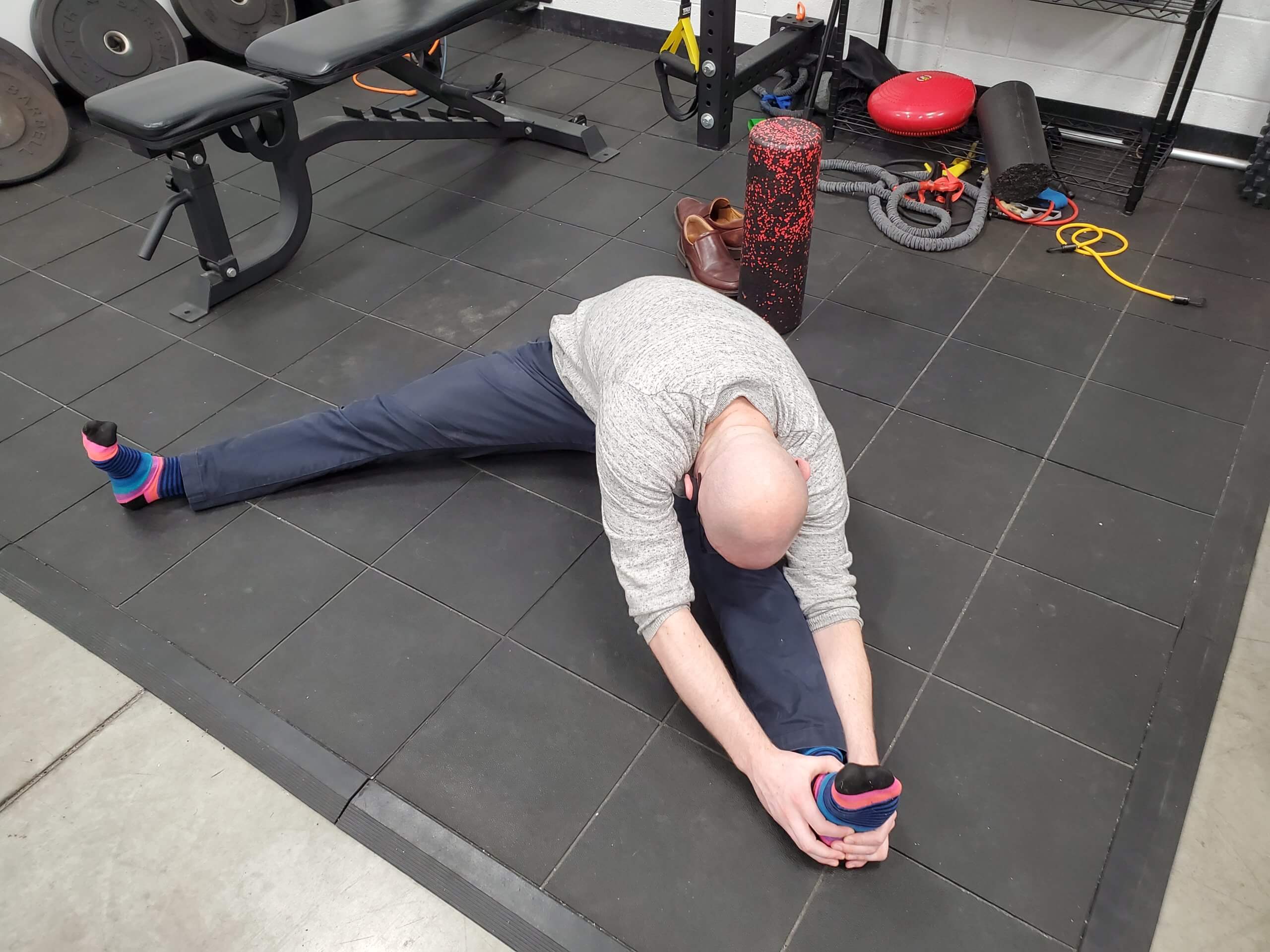Stretching is neither good nor bad for recovery, but there are no real benefits from stretching for recovery. Stretching is crucial for injury prevention if your joint is not within optimal range of motion. If you are within the range of motion, then stretching doesn’t seem to help much with injury prevention. Optimal range of motion is the optimal angle your joints need to achieve to have a lower risk of injury. Optimal range of motion was determined by measuring the range of motion of a lot of people at different ages and health. By taking the average of all these people they determined a range of motion that is most likely to reduce your risk of injury and provide you the best health benefits.
Here is a list of all your joints and their optimal range of motion (in degrees):
- Hip ROM
- Flexion – 125
- Extension – 115
- Hyperextension -15
- Abduction -45
- Adduction – 45
- External rotation – 45
- Internal rotation – 45
- Knee
- Flexion – 130
- Extension – 120
- Ankle
- Plantar flexion – 50
- Dorsiflexion – 20
- Foot
- Inversion – 35
- Eversion – 25
- Metatarsophalangeal joints
- Flexion – 30
- Extension – 80
- Interphalangeal joints of toes
- Flexion – 50
- Extension – 50
- Shoulder
- Flexion – 180
- Extension – 50
- Abduction – 180
- External rotation – 90
- Internal rotation – 90
- Elbow
- Flexion – 160
- Extension – 145
- Pronation – 90
- Supination – 90
- Wrist
- Flexion – 90
- Extension – 70
- Radial deviation – 25
- Ulnar deviation – 65
- Metacarpophalangeal joints
- Abduction – 25
- Adduction – 20
- Flexion – 90
- Extension – 30
Occasionally you may find your range of motion not in the optimal range of motion. If this is the case it is highly recommend to stretch to adapt your joint to achieve optimal range of motion. If your range of motion is within optimal range of motion then stretching is not effective at reducing the risk of injury or providing recovery benefits. If you are unsure if you are within optimal range of motion, at Athlecare our Certified Athletic Trainers are trained and qualified to evaluate your joints and their range of motion. You can also tell if you are not within optimal range of motion if you are having troubles getting off your bike or getting out of the car. Restricted motion makes actions like these very difficult. Once you know what joints need more flexibility you can come to one of our clinics and have one of our trainers stretch you to improve your flexibility and then give you training exercises to improve your mobility. Stretching at home is also an option. Our trainers know many static stretches that we can teach you to help you with your goals. Can’t wait to see you here!







One Comment